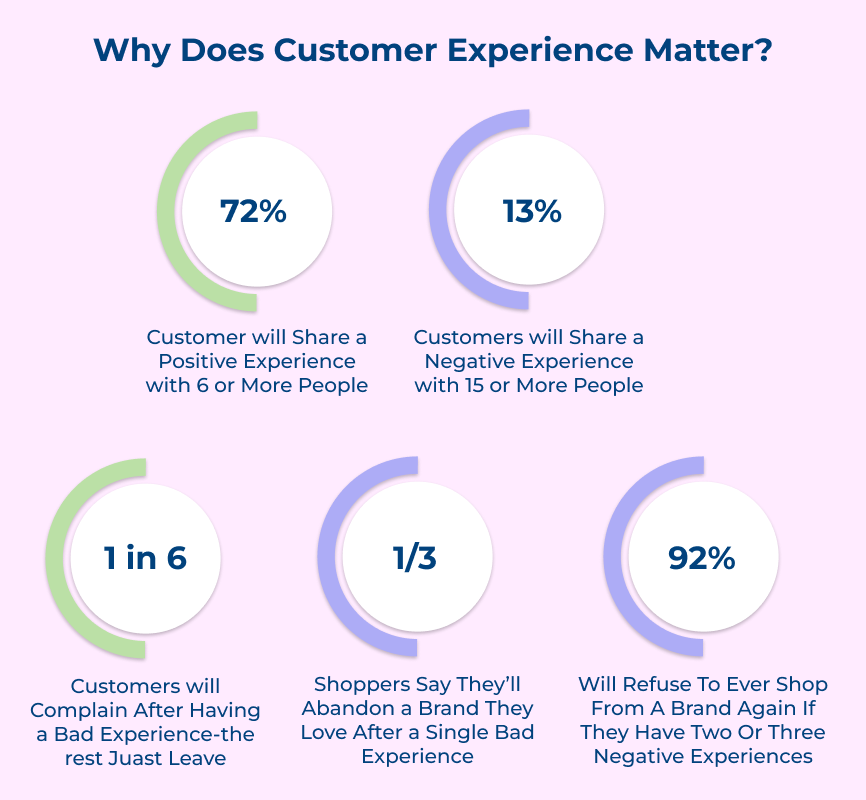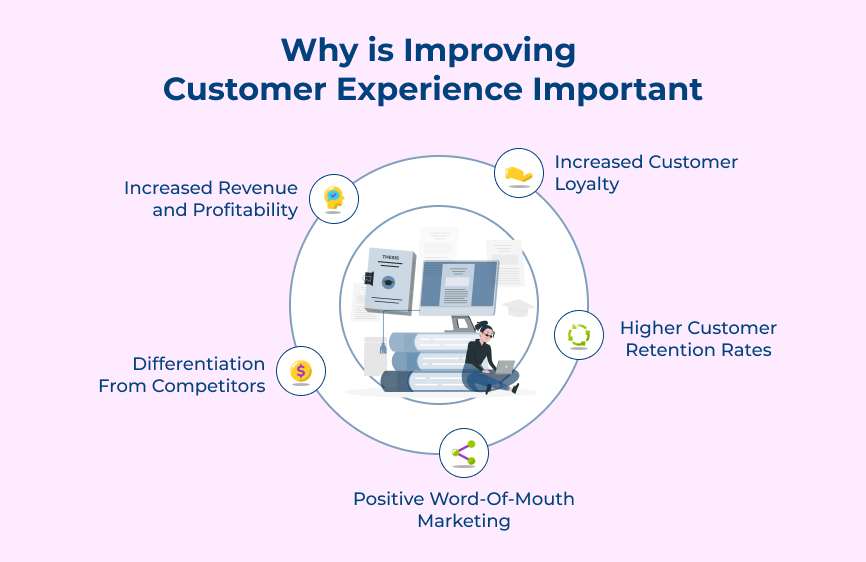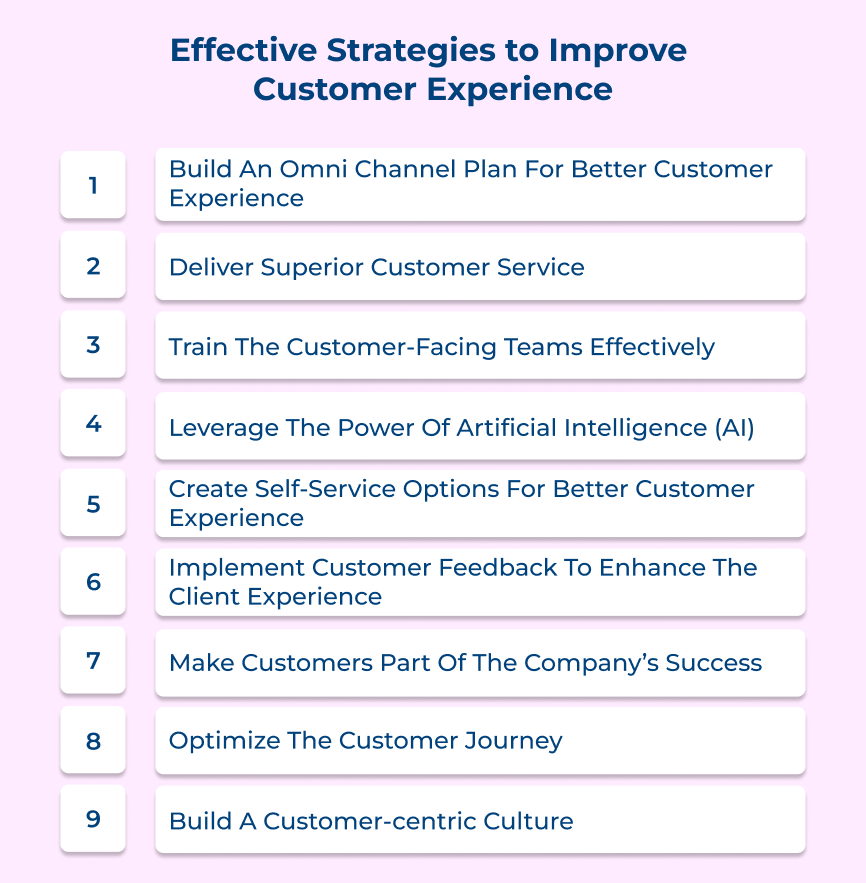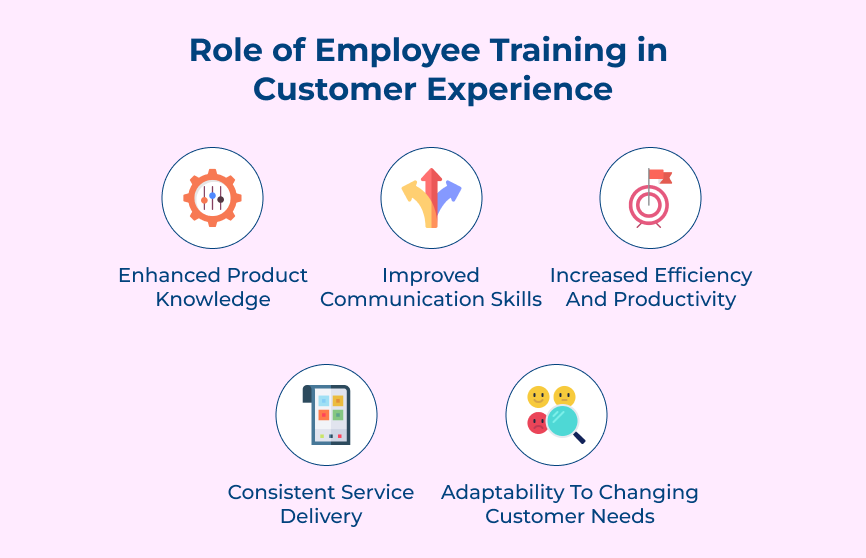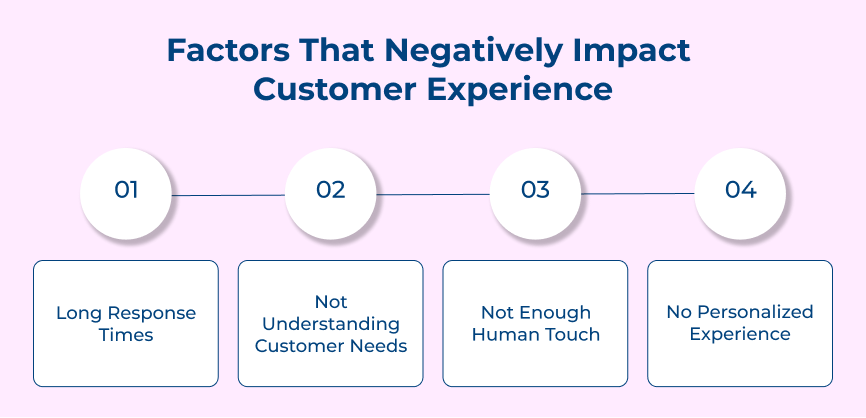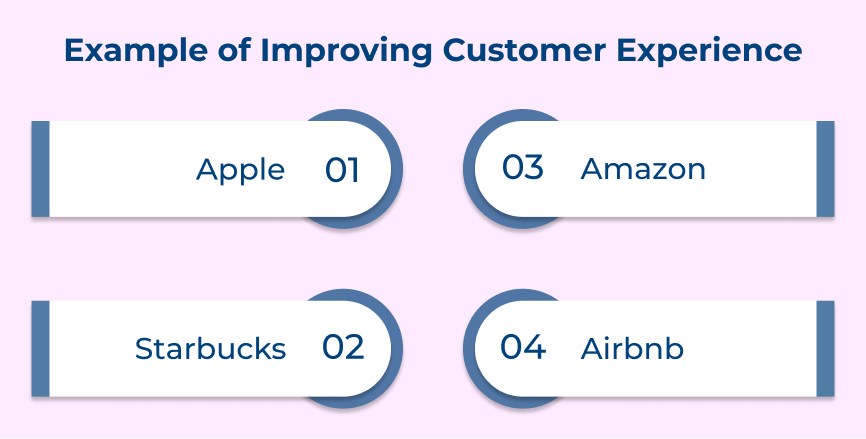1. Build An Omni Channel Plan For Better Customer Experience
Building an omni-channel plan is crucial for businesses looking to improve customer experience. The strategy involves providing a seamless and holistic approach to customer interactions across multiple channels. Integrating all these channels enables businesses to better understand their customers’ needs and preferences. 73% of customers prefer shopping through multiple channels.
A use case for building an omni-channel plan could be a retail company that offers customers the option to shop online, in-store or through their mobile app. Integrating these channels and allowing customers to seamlessly transition between them enables the company to provide a more personalized shopping experience.
Best practices:
- Consistent messaging and branding across all channels.
- Personalized recommendations and promotions based on customer behavior.
- Seamless integration and data sharing between channels for a complete view of the customer journey.
2. Deliver Superior Customer Service
Delivering superior customer service is crucial for any business looking to improve customer experience and build long-lasting relationships with clients. The strategy involves going beyond to meet customer needs, provide excellent support and exceed expectations. Providing exceptional service enables businesses to differentiate themselves from competitors and create a positive reputation.
A great use case for delivering superior customer service is Zappos, an online retailer known for its outstanding customer service. Zappos has built a loyal customer base by prioritizing customer satisfaction and going the extra mile to ensure a positive shopping experience.
Best practices:
- Train customer service agents to resolve issues quickly and effectively.
- Personalize interactions with customers to make them feel valued and appreciated.
- Solicit and act on feedback to continuously improve the customer service experience.
3. Train The Customer-Facing Teams Effectively
Training the customer-facing teams effectively is crucial to improve customer experience. The strategy involves providing training and development opportunities for employees who interact directly with customers. Equipping these team members with the skills, knowledge and tools they need to effectively engage with customers enables businesses to enhance the overall customer experience.
One use case for implementing this strategy is in the retail industry, where customer-facing teams play a critical role in delivering exceptional service and driving sales. Investing in training programs that focus on communication skills, product knowledge or problem-solving techniques enables retail companies to better serve customers and exceed their expectations.
Best practices:
- Providing regular training sessions to keep employees up-to-date on products, services and industry trends.
- Offering opportunities for role-playing and scenario-based learning to help employees practice handling different customer interactions.
- Encouraging feedback from customers to identify areas for improvement and tailor training programs accordingly.
4. Leverage The Power Of Artificial Intelligence (AI)
Artificial Intelligence (AI) is revolutionizing the way businesses interact with their customers, providing personalized experiences and improving overall customer satisfaction. Leveraging the power of AI enables companies to enhance customer experience in numerous ways. Over 63% of retail companies use AI to improve customer service.
One important use case of AI in improving customer experience is through chatbots. These AI-powered assistants can provide instant responses to customer inquiries, leading to faster resolution of issues and increased customer satisfaction. AI can be used to analyze customer data and predict behavior, allowing companies to tailor their marketing strategies to individual preferences.
Best practices:
- Implement personalized recommendations based on customer behavior.
- Use AI for sentiment analysis to understand customer emotions and feedback.
- Deploying AI-powered virtual assistants to provide 24/7 customer support.
5. Create Self-Service Options For Better Customer Experience
Creating self-service options for better customer experience is a crucial strategy for businesses looking to enhance customer satisfaction and loyalty. Empowering customers to solve problems on their own enables businesses to improve efficiency and reduce the burden on customer service teams. It can lead to quicker response times, lower wait times and overall increased customer satisfaction.
Let’s take an example of a clothing retail company. It can provide a self-service option for customers to track their orders, request returns or exchanges and even browse FAQs for common questions. It not only streamlines the customer experience but also provides a sense of independence and control for the customer.
Best practices:
- Develop an easy-to-navigate FAQ section on the website with clear answers to common customer queries.
- Implement a chatbot on the website to provide instant assistance and guide customers to the right resources.
- Offer self-service options through mobile apps or online portals for account management, payments and tracking orders.
6. Implement Customer Feedback To Enhance The Client Experience
Implementing customer feedback is instrumental in enhancing the client experience for any business. The strategy involves actively listening to feedback from customers and then implementing changes based on their suggestions. Companies need to prioritize customer feedback as it provides valuable insights into areas for improvement and helps to build stronger relationships with clients.
Let’s take an example of a restaurant that may receive feedback from customers about long wait times for food. Implementing this feedback and improving their kitchen efficiency allows the restaurant to enhance the overall dining experience for its clients.
Best practices:
- Regularly soliciting feedback through surveys or reviews.
- Actively listening to customer concerns and suggestions.
- Swiftly addressing any issues raised by clients.
7. Make Customers Part Of The Company’s Success
Companies should strive to make their customers feel like they are an integral part of the company’s success to improve customer experience. It can be achieved by involving customers in decision-making processes, seeking their feedback and recognizing their loyalty. Making customers feel valued allows companies to build stronger relationships with them and improve overall satisfaction.
A use case for this strategy is Starbucks’ My Starbucks Idea platform, where customers can submit and vote on ideas for improving the Starbucks experience. The platform has generated thousands of ideas and led to the implementation of customer-inspired initiatives such as mobile ordering or payment.
Best practices:
- Implementing a loyalty program that rewards customers for their continued support and engagement.
- Personalizing interactions with customers by using data and insights to tailor marketing messages.
- Providing opportunities for customers to provide feedback and participate in co-creation activities such as product design workshops or focus groups.
8. Optimize The Customer Journey
Optimizing the customer journey is crucial in improving customer experience and increasing satisfaction. It involves analyzing and improving every touchpoint a customer has with the brand, from initial awareness to post-purchase support. Understanding the customer journey allows businesses to identify pain points and opportunities for improvement.
One use case for optimizing the customer journey is implementing personalized communication throughout the customer lifecycle. Segmenting customers based on their behaviors allows businesses to deliver targeted messaging that resonates with each customer. It leads to higher engagement and conversion rates.
Best practices:
- Mapping out the customer journey it allows for proactive problem-solving and a smoother overall experience.
- Implementing omnichannel communication that leads to increased satisfaction and loyalty.
- Actively seeking feedback from customers at different touchpoints enables businesses to identify trends and areas for improvement.
9. Build A Customer-Centric Culture
Building a customer-centric culture within the organization is essential to improve cx. The strategy involves putting the needs and preferences of the customers at the forefront of all decision-making processes. Focusing on improving the overall customer experience allows businesses to create loyal customers who will keep coming back for more. 81% of organizations cite CX as a competitive differentiator.
One important aspect of this strategy is understanding that happy customers lead to a successful business. Prioritizing customer satisfaction allows businesses to increase customer loyalty, reduce churn and drive revenue growth. A great use case for implementing a customer-centric culture is Amazon, a company known for its exceptional customer service and personalized shopping experience.
Best practices:
- Listen to the customers’ feedback and make necessary changes to improve cx.
- Encourage the employees to go beyond to meet customer needs and expectations.
- Use analytics to deliver personalized and improved cx that cater to individual customer preferences.
What Role Does Employee Training Play In Improving Customer Experience?
Here are the key points that highlight the importance of employee training in enhancing the overall customer experience:






